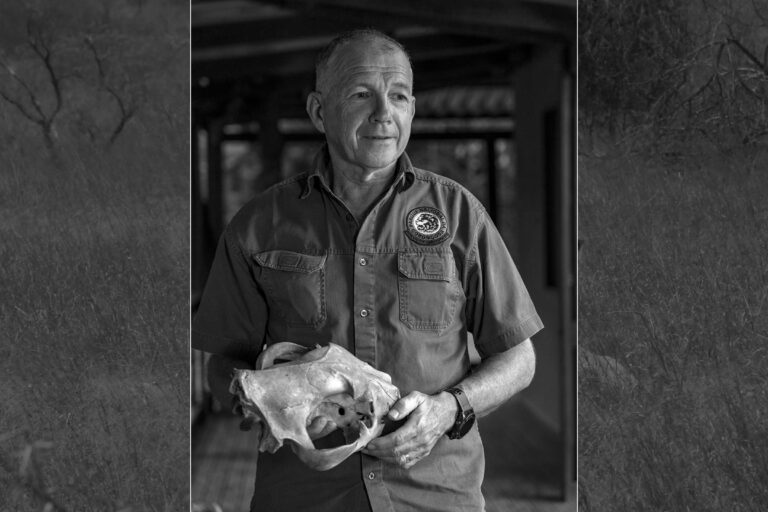A family of giant river otters was released into the Iberá National Park in northeast Argentina on July 1. The endangered species, with no known breeding populations in Argentina over the past 40 years, was considered probably extinct in the country.
The release, led by conservation nonprofit Rewilding Argentina, included a breeding pair named Coco and Nima, translocated from different zoos in Europe, and their offspring, named Pirú and Kyra. The family of four now swim freely in Laguna Paraná, a lake in the Iberá wetlands located in the province of Corrientes.
“This is the first time this species has been reintroduced to a place from where it had disappeared,” Rewilding Argentina wrote on Instagram. “It’s also the first time a mammal declared extinct in Argentina has been brought back.”
The endangered giant otter (Pteronura brasiliensis) is the largest of the world’s 14 otter species, reaching up to 1.8 meters (nearly 6 feet) in length and weighing as much as 34 kilograms (75 pounds).
“The last family groups of giant otters in Argentina were observed in 1986,” Sebastián Di Martino, conservation director at Rewilding Argentina, said in a statement. “The giant otter is the top aquatic predator in these wetlands, and its diet consists almost entirely of fish, so its presence contributes significantly to maintaining healthy ecosystems.”
While giant otter families disappeared from Argentina in the 1980s, a rare sighting occurred in 2021, when one individual was spotted in the Impenetrable National Park in northeastern Chaco province. Experts previously told Mongabay the otter may have traveled alone from the Paraguayan Pantanal hundreds of kilometers away.
Rewilding Argentina began planning the reintroduction in 2018 and has since worked to prepare and breed captive otters for release. Giant otters are social animals and typically live in extended family structures.
Endemic to South America, the giant otter historically occupied a range stretching from northern Venezuela to Uruguay. But hunting, mostly for its fur, led to population collapses across much of its original range. Apart from Argentina, the species is also considered extinct in Uruguay while surviving populations in Paraguay, Ecuador and Guyana have dwindled to fewer than 100 individuals.
Brazill hosts the species’ last stronghold in the Pantanal and Amazon biomes, with an estimated population of 4,659 giant otters.
The release of the otters to Argentina’s Iberá National Park is part of a broader effort to restore top predators in the Iberá wetlands. Since 2021, seven jaguars have also been released into the park, with the current population in Iberá now estimated at 35-40.
Update: Jaguar population in Iberá updated from 17 to latest estimate between 35-40.
Banner image: The giant otter Coco and her pups. Image courtesy of Sebastian Navajas/Rewilding Argentina.














